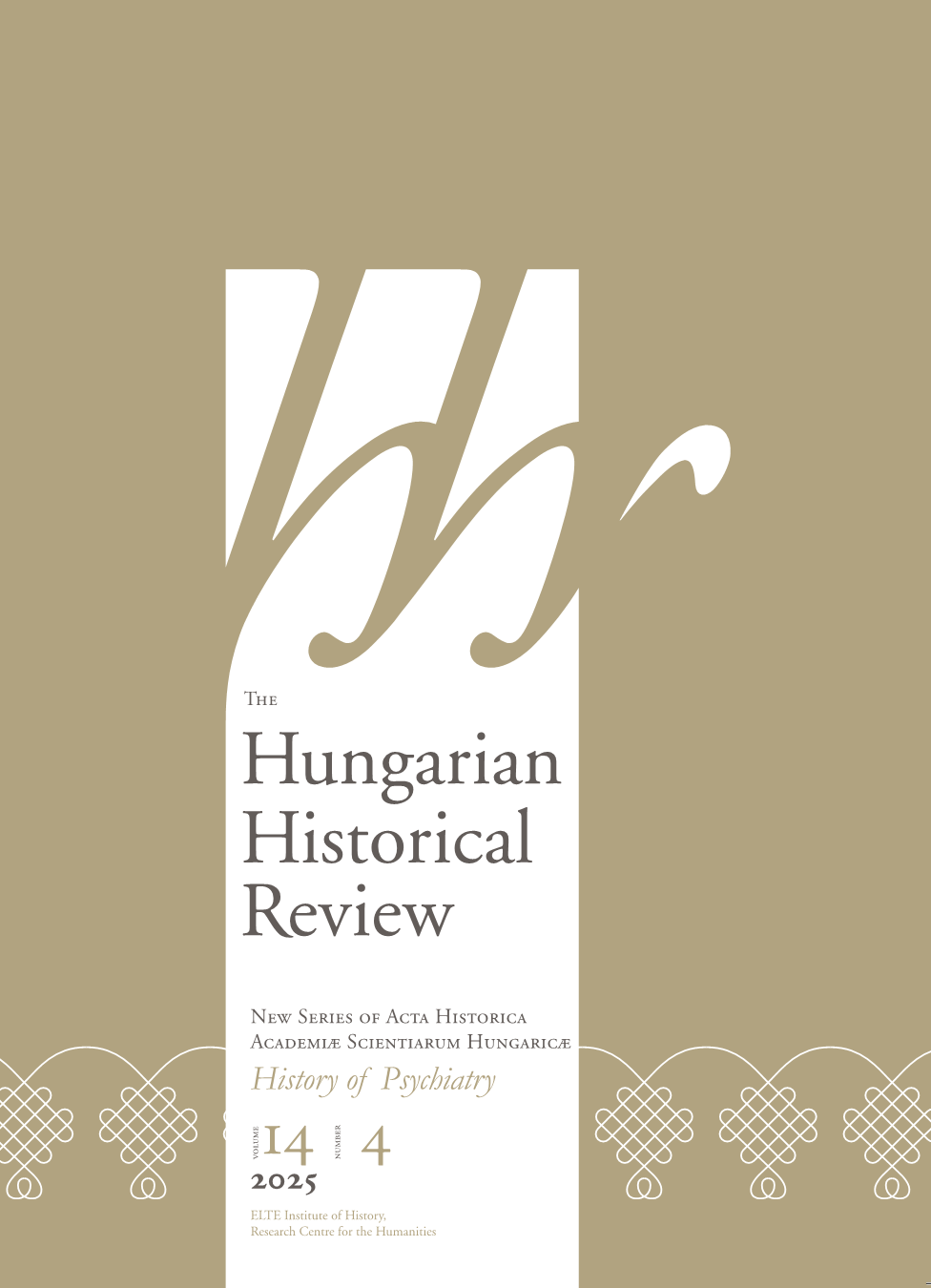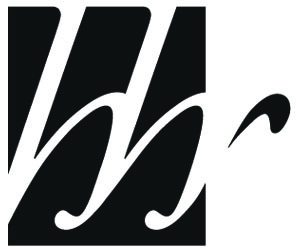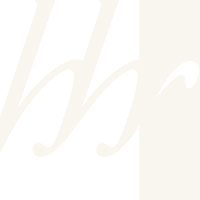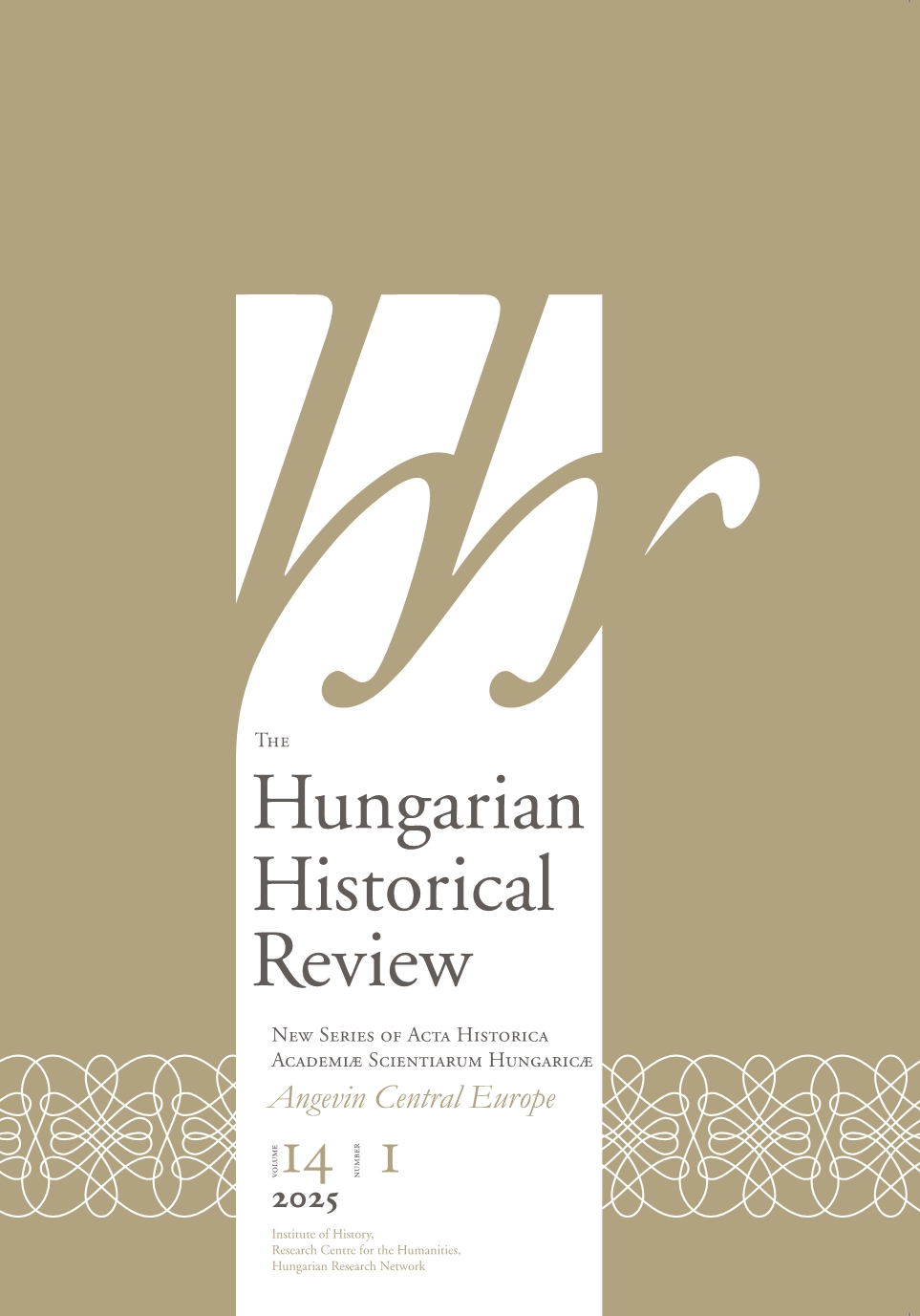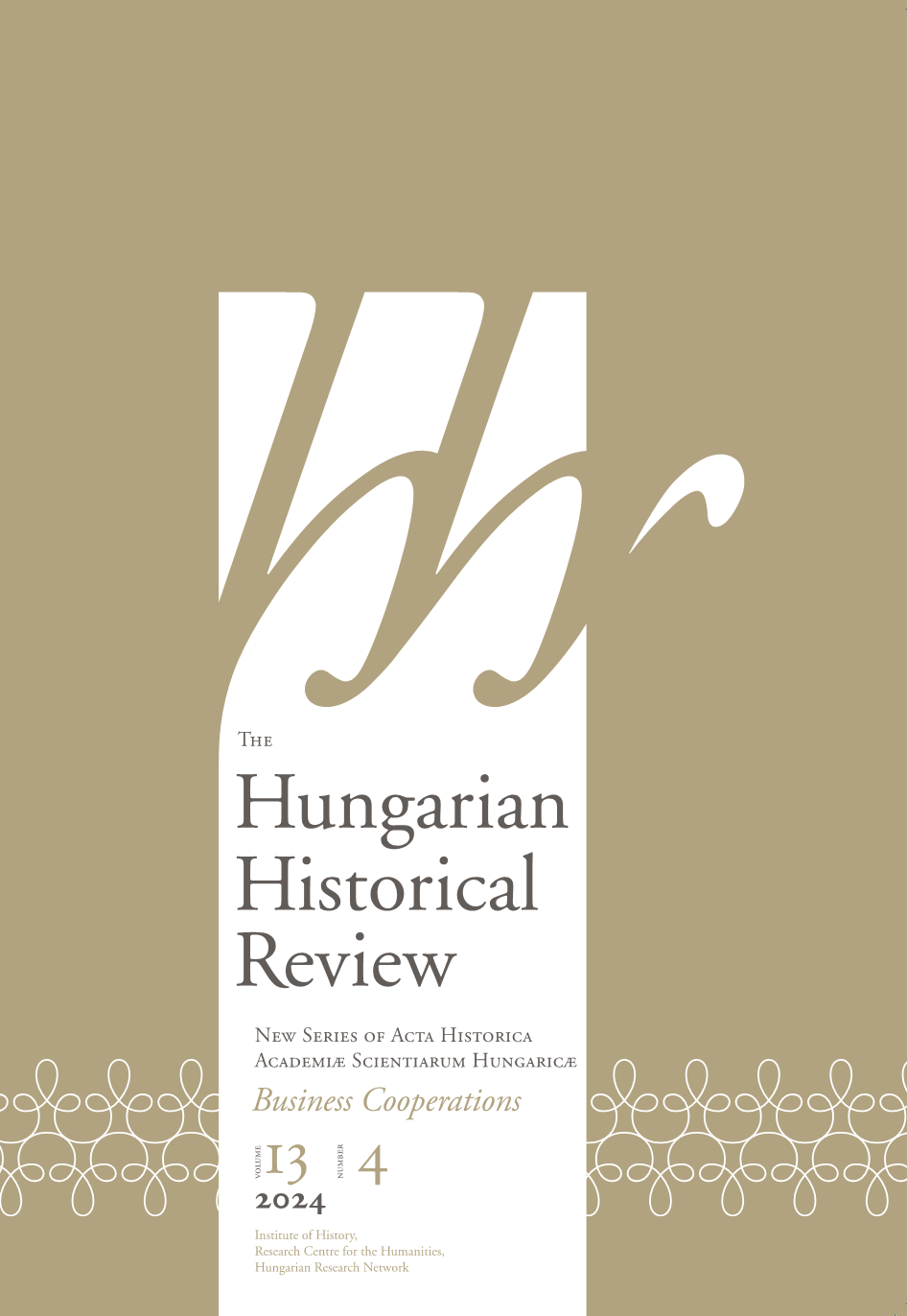
After Wars
Contents
ARTICLES
THEMATIC BLOC: World War I – Special editor of the thematic bloc: Béla Tomka
Béla Tomka
World War I as a Historical Divide 675
Full Text (HTML) and Full Text (PDF)
Zsombor Bódy
A World Lifted off Its Hinges: The Social Impact of World War I on Hungary 702
Full Text (HTML) and Full Text (PDF)
Ferenc Erős
War and Revolutions: Trauma and Violence from a Socio-Psychological Approach 733
Full Text (HTML) and Full Text (PDF)
József Takáts
Diverging Language Uses: Political Discourse in Hungary after World War I 764
Full Text (HTML) and Full Text (PDF)
ARTICLES
Emese Gyimesi
The Urban Space Through the Eyes of Women: The 1849 Siege of Buda in Women’s Ego-documents 789
Full Text (HTML) and Full Text (PDF)
Albert Doja
From the Austrian-Hungarian Point of View: An der schönen blauen Donau and the Accursed Black Mountain Wreath in the Balkans 824
Full Text (HTML) and Full Text (PDF)
Dénes Sokcsevits
The Story of Croatian Bosnia: Mythos, Empire-Building Aspirations, or a Failed Attempt at National Integration? 870
Full Text (HTML) and Full Text (PDF)
Gusztáv D. Kecskés
A Cold War Humanitarian Action: The Western Admission of 1956 Hungarian Refugees 913
Full Text (HTML) and Full Text (PDF)
BOOK REVIEWS
Egy határfolyó környezettörténete: Háború és vízgazdálkodás a kora újkori Rába-völgyben [Environmental history of a boundary river: War and water management in the early modern Rába Valley]. By András Vadas.
Reviewed Márton Simonkay 936
Full Text (PDF)
Aufklärung habsburgisch: Staatsbildung, Wissenskultur und Geschichtspolitik in Zentraleuropa 1750–1850. By Franz Leander Fillafer.
Reviewed Ágoston Nagy 940
Full Text (PDF)
More Than Mere Spectacle: Coronations and Inaugurations in the Habsburg Monarchy during the Eighteenth and Nineteenth Centuries. Edited by Klaas Van Gelder. Reviewed Benedek M. Varga 946
Full Text (PDF)
“Nekünk nincsenek gyarmataink és hódítási szándékaink”: Magyar részvétel a Monarchia gyarmatosítási törekvéseiben a Balkánon, 1867–1914 [“We have neither colonies nor intentions of conquest”: Hungarian participation in the Monarchy’s colonial ambitions in the Balkans, 1867–1914]. By Krisztián Csaplár-Degovics. Reviewed Imre Tarafás 950
Full Text (PDF)
Emotions and Everyday Nationalism in Modern European History. Edited by Andreas Stynen, Maarten Van Ginderachter, and Xosé M. Núñez Seixas. Reviewed Tuomas Tepora 954
Full Text (PDF)
Beyond Camps and Forced Labour: Proceedings of the Sixth International Conference (The Holocaust and its Contexts). Edited by Suzanne Bardgett, Christine Schmidt, and Dan Stone. Reviewed András Szécsényi 957
Full Text (PDF)
Notes on Contributors
Full Text (HTML)
